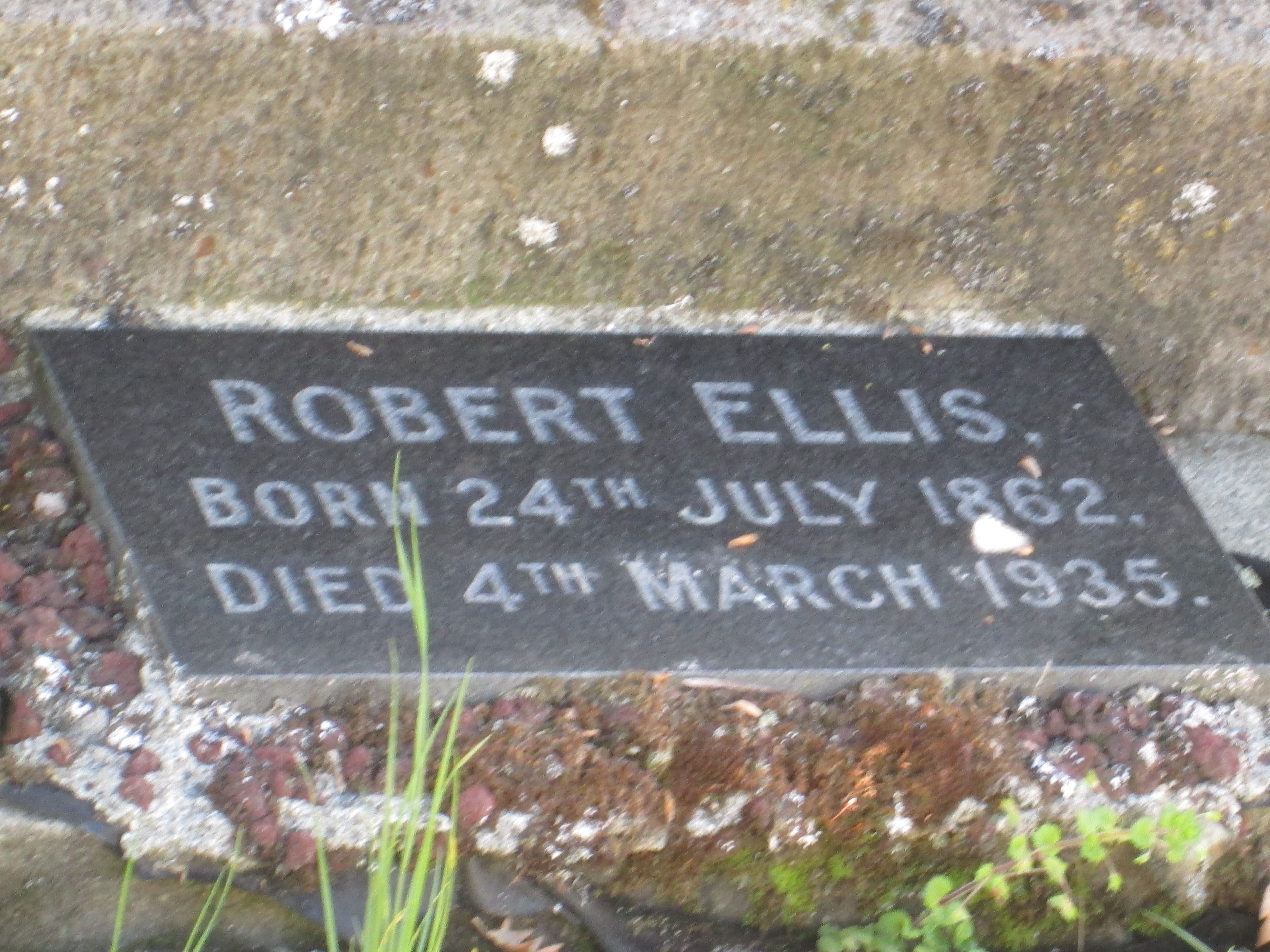History: Robert Ellis, a life of service to Waimea - Part 3

Ellis headstone, St Paul’s, Brightwater. Photo: Supplied.
ROBYN PARKES
Honour and duty had impelled Robert Ellis to return to sort out, twice, the problems that the syndicate had created with the supply of power to the public.
On returning the business to a financial and successful footing his thoughts went to the future. In 1922 Ellis put forward that a new company be formed and that the syndicate should retire from the management which should be under his entire control.
He corrected the issue in the race at the upper station that was silting up at the intake and causing a shortage of water. Ultimately it became necessary to make a new race from an intake half a mile higher up the river where there was a rocky bed which would not silt up.
This would also give four feet greater fall, so he bought the land required and started the excavation, advancing the money from his own pocket—a sum of about £IOOO. Ellis was known for using his own money to achieve his goals and to better life for the public.
When he returned to Brightwater, he put back his money into the undertaking at a time when the Government was threatening to close down the works.
The excavation work was almost finished when a government officer from Wellington arrived to tell Ellis he had no right to be digging a new race, and on finding that Ellis had surveyed it and taken the levels he stated that if water was let into the race he would be in trouble.
Shortly after a flood blocked the intake of the old race, so Ellis sent a telegram to the Department, “Intake blocked, no light tonight unless new race used.”
A reply came back giving permission to use the new race and people had good light that night. Improvements were made to get more power from the turbines.
Around 1928 Ellis put forward a plan towards the future. He had made numerous advances out of his own pocket to meet new capital expenditure and debts, but realised that if the business continued to expand much more capital would be required for a new plant and reticulation. He made the point that either proper security for invested capital must be obtained or the consumers must pay higher charges. Ellis felt the time had come for the formation of a Power Board that would represent the public and took steps to achieve this.
At public meetings in each main centre he explained what could be done, and to show those attending that a Power Board limited to the Waimeas with a power-station at Brightwater could supply all the needs of the district for many years to come and could pay its way without any rating.
Representatives were appointed to form a provisional committee to which others from other centres were also appointed, and in 1929 the Waimea Electric Power Board was formed and almost immediately absorbed the Brightwater and Motueka plants, adding a hydroelectric scheme in the Brooklyn Valley.
Robert Ellis, after a life of service to his community, died on 4 March 1935, aged 72. He was buried in St Paul’s Cemetery, Brightwater, with his wife Kate who had died in 1917.
